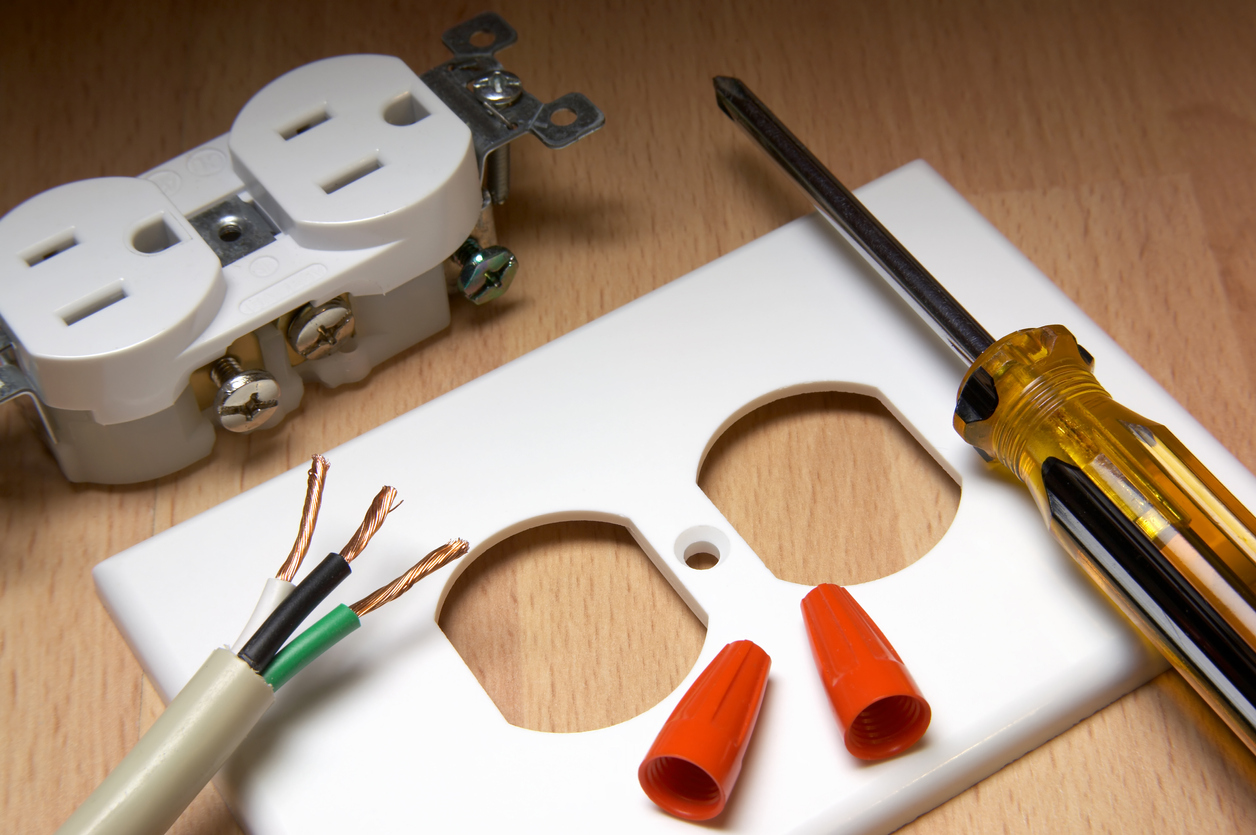Electro-Medical Devices are universal in hospitals and are maintained by the biomedical department. One of the principal duties for those with equipment oversight is to assure the safety of the many devices for which they are responsible. However, as the standards for the design of this equipment are continually evolving, it is important to stay up-to-date with the standards and how to address them.
As a business that continually strives to be a comprehensive resource for the healthcare community, specifically those involved with the supply chain and equipment, CME wants to offer insight into electrical safety and offer solutions to electrical safety issues for our customers.
Electrical safety is all about assuring that current flows only where it is designed to flow, and about minimizing the flow of unintended current, also known as "leakage" current, that travels across the impedances that are inherent in any device. These leakages can’t be totally eliminated. If there is sufficient leakage current, it poses the risk of shock, especially for patients whose defenses are compromised.
A shock hazard exists if:
- A line-powered device is within the reach of a patient or user
- There are conductive parts available for the patient or user to contact
- The patient or user comes in contact with those parts
- Those parts become energized or ungrounded due to physical damage or component failure
- Enough current then passes through the patient or user to cause injury or death.
Failure of these devices, and the potential for leakage can occur when:
- The facility line voltage spikes above its nominal value by well over 10 %.
- The connection to the protective earth wire in a poorly attached power plug opens up, causing the wire to be functionally disconnected.
- Years of constant flexing and stressing of the power cord, at either end, breaks most of the strands of the protective earth wire, severely increasing its resistance.
- A multi-parameter monitor falls to the floor and seems to be functional to the clinical users, who hurriedly restore it to use on a patient. But one of its circuit boards is partly dislodged or bent, and comes in contact with the grounded enclosure.
- Blood and saline solution, rich in electrolytes, spills from the bowl chamber of an autotransfusion system, dripping onto the line-energized power supply board.
- An ECG input connector is inadvertently shorted to the chassis after a repair, compromising its isolation from chassis ground.
Any of these, and countless other scenarios, can create excessive leakage current.
Regulatory standards have developed over the past four decades to address electrical safety. The primary standard for medical devices is IEC 60601, which offers general requirements for protection against electric shock hazards.
Another IEC standard, IEC 62353, specifically addresses medical electrical equipment in hospitals. IEC 62353 was developed because IEC 60601.1 is a type-testing standard with no risk management criteria and is impractical for testing in the hospital environment. IEC 62353 tests are performed on equipment prior to use on patients, during scheduled periodic testing, and after repair.
Thus, this standard is for field (hospital) testing and does not address equipment design. In Annex E of the document, the manufacturer is requested to provide information on testing interval and procedure based on risk, typical usage, and device history. The minimum testing requirement for life support and other critical equipment is every 24 months.
The standards state that testing these electrical systems requires additional testing equipment. The selection of an electrical safety analyzer is based on the testing standard being used, but most analyzers are designed to test to a variety of standards and have certain things in common:
- Verification of the mains voltages
- The resistance of the protective earth
- The current flow in the protective earth
- Leakage current from the enclosure to ground
- Leakage current from patient-contacting parts to ground
- Leakage current between patient-contacting parts
- Leakage current from isolated patient-contacting parts when briefly connected to the mains voltage
Within the scope of our services, CME provides calibrations and preventative maintenance to ensure compliance with manufacturer's and FDA guidelines. CME also can augment a hospital’s current biomedical staff to aid in electrical safety inspections and asset-tagging for new equipment projects.
We also offer a full line of electrical safety analyzers from Fluke Medical, one of these, the ESA609, integrates all functions needed to test medical devices when patient lead testing is not required, including:
- Line (mains) voltage
- Ground Wire (or protective earth) resistance
- Equipment current
- Ground wire (earth) leakage
- Chassis (enclosure) leakage
- Direct equipment leakage
- Point to point leakage and resistance
To find out more about our biomedical services, the Fluke line of biomedical analyzers, and further training and educational opportunities, contact CME at (800) 338-2372 or visit our website.
About CME: CME Corp is the nation’s premier source for healthcare equipment, turnkey logistics, and biomedical services, representing 2 million+ products from more than 2,000 manufacturers.
With two corporate offices and 35+ service centers, our mission is to help healthcare facilities nationwide reduce the cost of the equipment they purchase, make their equipment specification, delivery, installation, and maintenance processes more efficient, and help them seamlessly launch, renovate and expand on schedule.



